The Opening Ceremony of the Paris Olympics is starting as I write, making me think about all the reasons I love Paris and France. If you’ve traveled to Paris and France, no doubt you have your favorites – food favorites and cultural favorites alike. In case France hasn’t been on your travel hit parade, or if you’re looking for something new, here are five of my favorite experiences I’ve enjoyed during more than 30 years organizing Oldways Culinarias.
Corsica
You might forget that Corsica is French. Just north of Sardinia and west of Italy in the Tyrrhenian Sea, Corsica is an island region that is part of France, but due to its proximity to Italy, has some Italian cultural traditions. While French is the spoken language, the food culture is a mix of French and Italian. The cuisine also reflects the mountainous inland, as well as the 620 miles of coastline.
When I think of Corsica, I am drawn to the medieval town of Bonifacio. Approaching Bonifacio by sea on a sailing adventure with Oldways founder Dun Gifford, it was difficult to see the town as we were sailing alongside dramatic limestone cliffs. Entering the narrow opening to the Marina, full of mega yachts, the two parts of the town appear: the vieille ville (old town), or la Haute Ville (the Upper city).
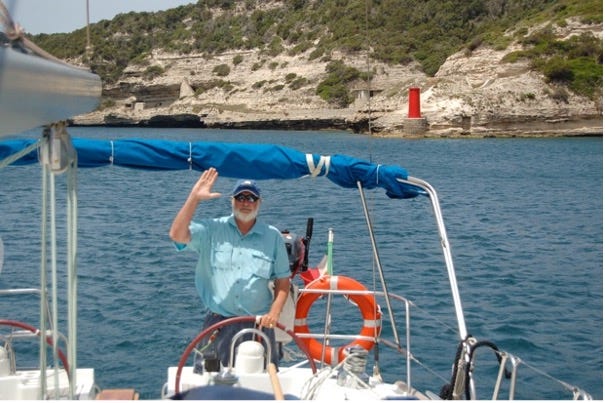
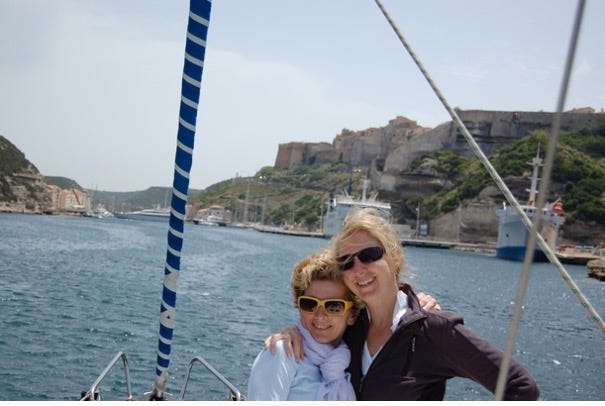
The reward of climbing to the Upper City is spectacular views, and the opportunity to explore medieval streets and architecture, including a 9th century citadel. Don’t miss trying the local, fresh seafood in one of the many dockside restaurants. Our time in Corsica was particularly special as it was a time of the World Cup; every night in a seaside restaurant or bar we were glued to the action and results of both the French and Italian teams.
Provence
The land of lavender, olive oil, famous wines, and charming towns and villages may be everyone’s idea of romantic France. We agree. We’ll be in Provence in April 2025 for an Oldways Culinaria with cookbook author and cooking teacher Susan Herrman Loomis.
Spanning the coastline to the French Riviera, up the Rhône River to the famous Côtes du Rhône wine region, and amongst the rolling hills of the Luberon, Provence encompasses the true meaning of French joie de vivre - or joy of living. A region rich in gastronomy, history, and art, it’s no wonder why greats like Chef Julia Child, Author Peter Mayle, and artists like Van Gogh and Cézanne made homes here. Known as the garden of France, it’s a must visit destination for food lovers.
Find a base for your travels, perhaps Aix-en-Provence, the capital of the region acclaimed for its markets. You’ll be delighted by the charm of this town, its abundance of fresh food, and fashionable character. Beyond Aix, venture to savor Côtes du Rhône wine in its terroir, learn how the famous soap of Marseille is made, taste delicious Provencal olive oil, or sip rosé along the beautiful coastline. Celebrate the spirited yet simple cuisine of Provence — seasonal vegetables, fresh fish, raw milk cheeses, and of course olive oil, garlic, and herbs.
Timeless. Vibrant. Idyllic. Provence is the France you’ve always dreamed of.
Normandy
There are so many reasons to love and visit Normandy: the cheese, the Calvados, the World War II monuments on the Beaches of Normandy, the cuisine, the oysters and mussels, the magical towns and architecture, the Cathedrals, the tarte tatin…are just a few of my favorites.
However, aside from the cuisine and the monuments, I suggest the Bayeux Tapestry is a wonderful reason to visit Normandy. The Tapestry tells the story of the events surrounding the conquest of England by the Normans. An embroidered linen cloth nearly 70 metres long and 50 centimetres tall, each panel tells a different part of the story, starting with the journey to Normandy in 1064 by King Edward the Confessor talking with Harold, Earl of Wessex, who then departs for his family estate in Sussex with his hunting dogs and followers. It concludes with King Edward wounded in the face by an arrow and the eventual crowning of William as King of England (although the final scene from the tapestry has been lost). For food lovers, there are food scenes, notably the feast the Normans prepared before the Battle of Hastings where King Edward was mortally wounded. Oldways founder Dun Gifford wrote about the food in the Bayeux Tapestry and presented it at the Oxford Symposium and the Oldways Culinaria in Normandy in 2010.
Plus, don’t forget, you’ll also be able to enjoy all the other Norman treasures.
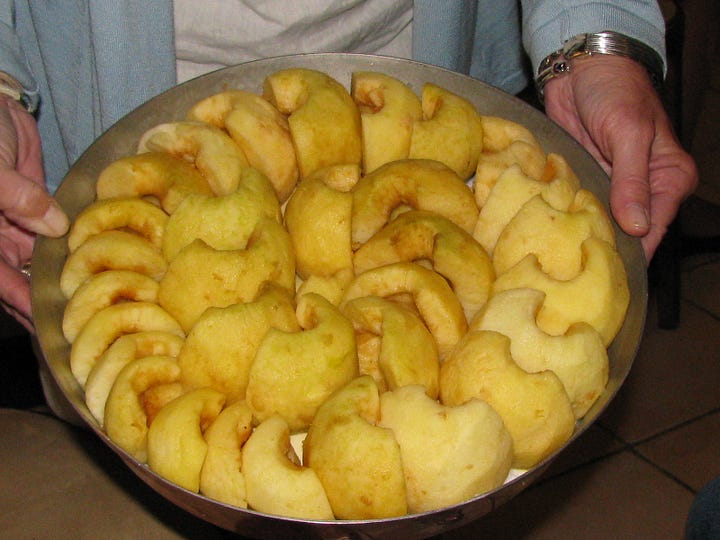
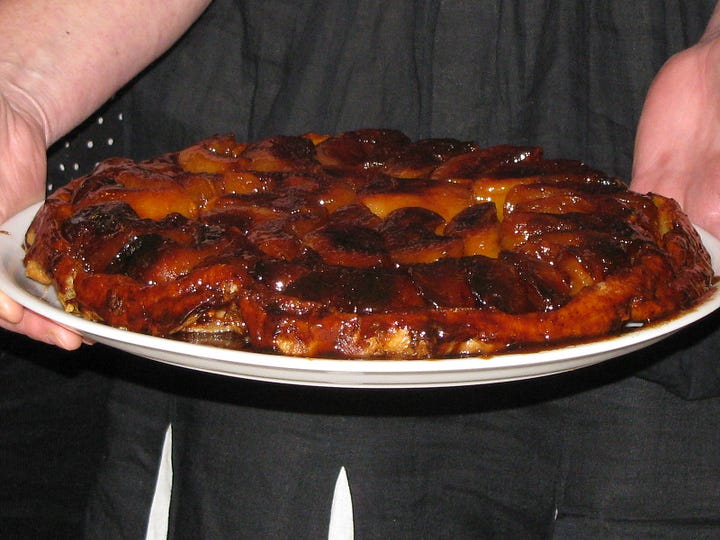
Aquitaine: Bordeaux and Cognac
Paula Wolfert’s book about the Cooking of Southwest France was first published in 1983, and made a huge impression, introducing Americans to cassoulet, canelé, confit, and more. The spectacular cuisine is a major reason to visit and experience the region of Aquitaine, and not to be forgotten of course, are also the world-famous wines of Bordeaux that are a big draw to the region.
If you haven’t visited Aquitaine, you can! Oldways will be traveling there in October 2025 for the Bordeaux Culinaria. We’ll start with a special introduction and tasting of the wines of Bordeaux at la Vin du Cite, learning about the interesting history of Bordeaux wines, and the six wine regions of Bordeaux: Bordeaux, Médoc, Graves and Sauternes, Blaye and Bourg, Saint-Emilion Pomerol and Fronsac, Entre-Deux-Mers. Each appellation has its own special qualities, naturally, and we’ll also visit two wineries – one in the Haut Medoc and another in Saint-Emilion, focusing on tastings and pairings with food.
We’ll also visit the town of Cognac to learn about Cognac, a type of brandy only produced in Southwest France. As described by Food & Wine, “Cognac is named for the Cognac region where it is produced. This grape-based distillate is a protected French appellation d'origine contrôlée (AOC), which requires the adherence to specific rules during production of the spirit.”
As we did research about Aquitaine more than 20 years ago for a Culinaria-Continuing Medical Education Program in Bordeaux in 2002, we drove hundreds of kilometers with our friend Edouard Cointreau, discovering and eating and drinking. We met over canelés and coffee with Gilbert Mitterrand, mayor of Libourne and son of the former French President; we visited wineries and tasted Pomerol, Armagnac, Monbazillac, among many others; we learned about truffle hunting and fois gras in Perigord, visited the Lascaux Cave, famous for its Paleolithic cave paintings in the Dordogne, and sampled more than one of the famous Pruneaux d’Agen.
On one unforgettable day, we spent the day in Cognac with the Cointreau family -- Max Cointreau, Edouard’s father, his mother Genevieve of the Remy Martin family, and his sister Beatrice who manages Champagne Gossett. Max took over for the day, guiding us through a 12-cognac tasting at Cognac Frapin, hosting us for lunch at the family chateau, and taking us to a 2-Michelin star restaurant on the river for a multi-course dinner.
While we will not be able to experience an unforgettable Max Cointreau day on our upcoming culinaria, we promise an unforgettable week.
The D’Orsay Museum in Paris
And then, of course, there is Paris.
Paris is full of wonder and incredible things to do. Aside from eating and exploring all the arrondissements, there are countless museums: the Louvre, Rodin, Picasso, the Cluny, and many more. But my favorite is the Musee D’Orsay, featuring 19th century French art, sculptures and an amazing collection of Impressionist paintings. Housed in a former train station, the highlight of the museum for me is the floor of Impressionist paintings, displayed in chronological order from the beginning of the period to the end. Not only can you see some of the most famous paintings by Monet, Manet, Pissarro, Morisot, Renoir, Cassatt, Degas, Cézanne, van Gogh, Gaugin and others, but it is fascinating to learn the history and the relationships among the painters. Wanting to learn more (and never haven taken an art history course), I immediately bought the large guide in the gift store on my first visit. (NOTE: The paintings are copyright protected, and although you can see many online, a visit is the best bet.)
Lunch in the beautifully ornate Restaurant du Musée d'Orsay, once the formal dining room of the Hotel D’Orsay in the train station, is a perfect end to a morning with Renoir, Monet, Manet and colleagues. The restaurant dining room has elaborate frescoes, chandeliers and gilded accents, and it is worth every minute, even when it is crowded. Note that you’ll need to wait until October 2024 to visit the restaurant – it is closed for renovations until then.
France is special, wherever you go. My suggestions are just the tip of the iceberg. And, even if you don’t speak French, a smile and an attempt at bon jour and merci will ensure your time in France will be magnifique!

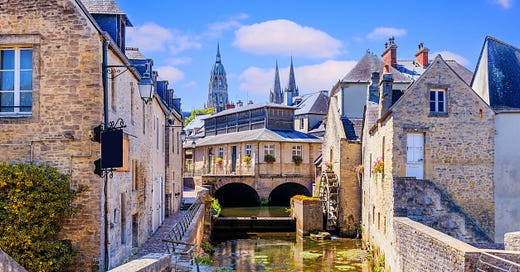



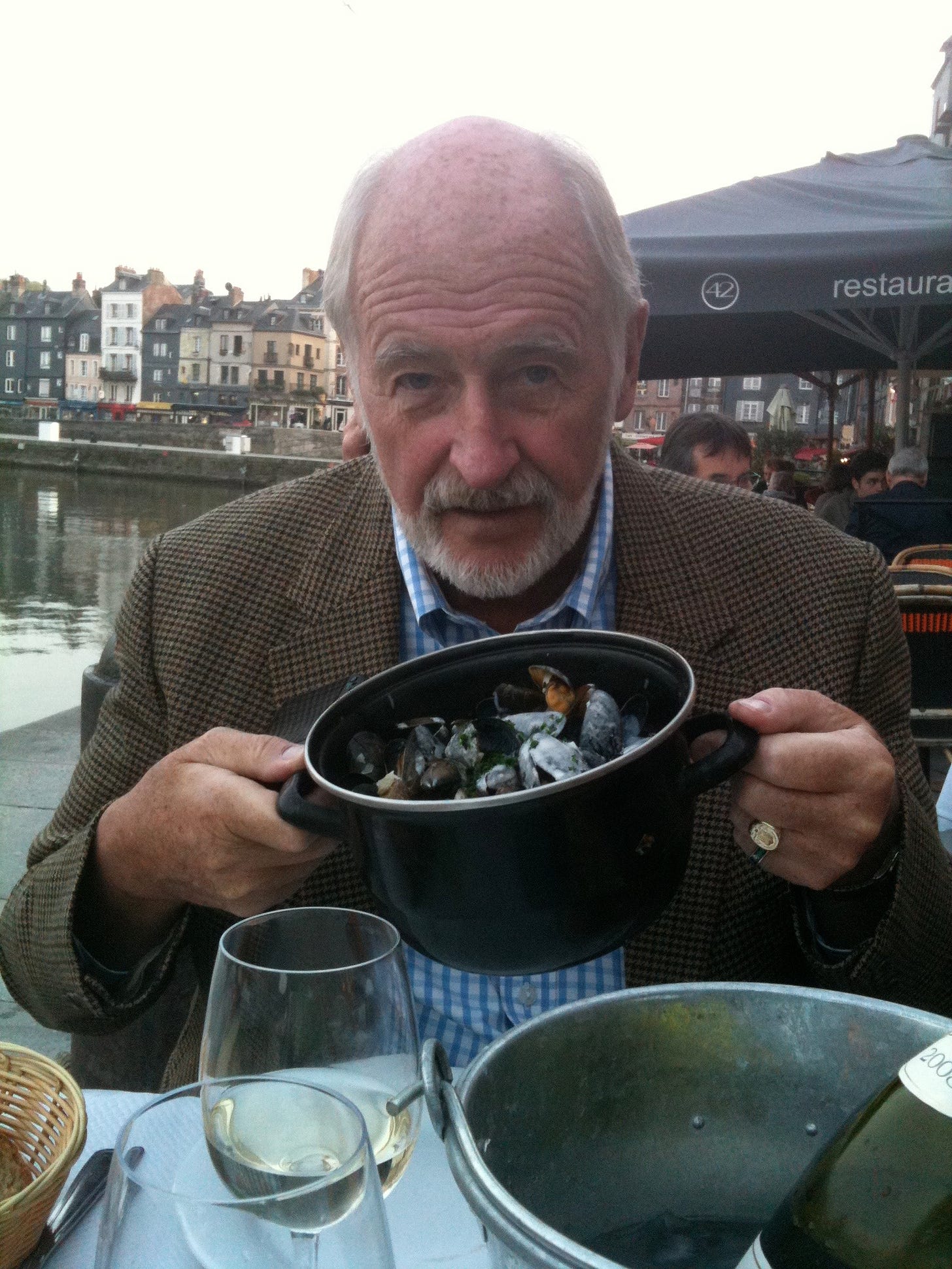
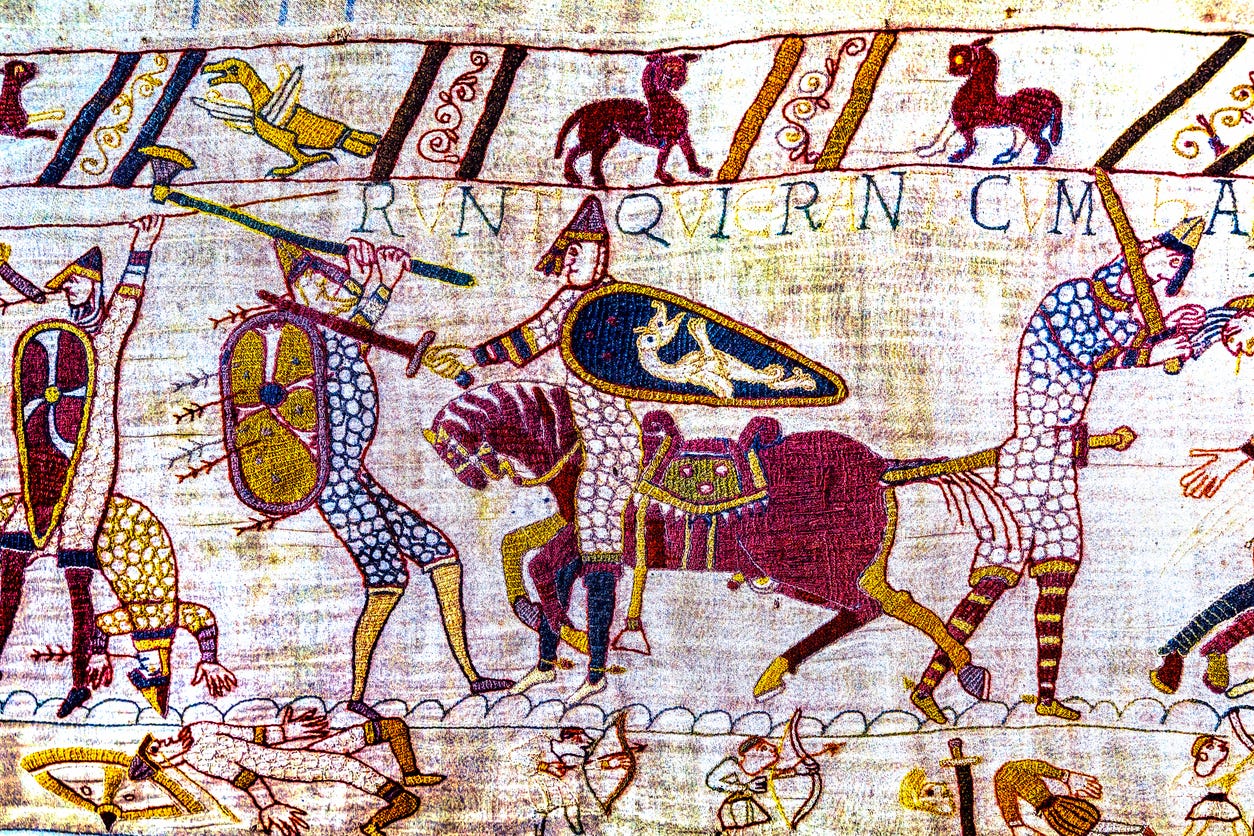
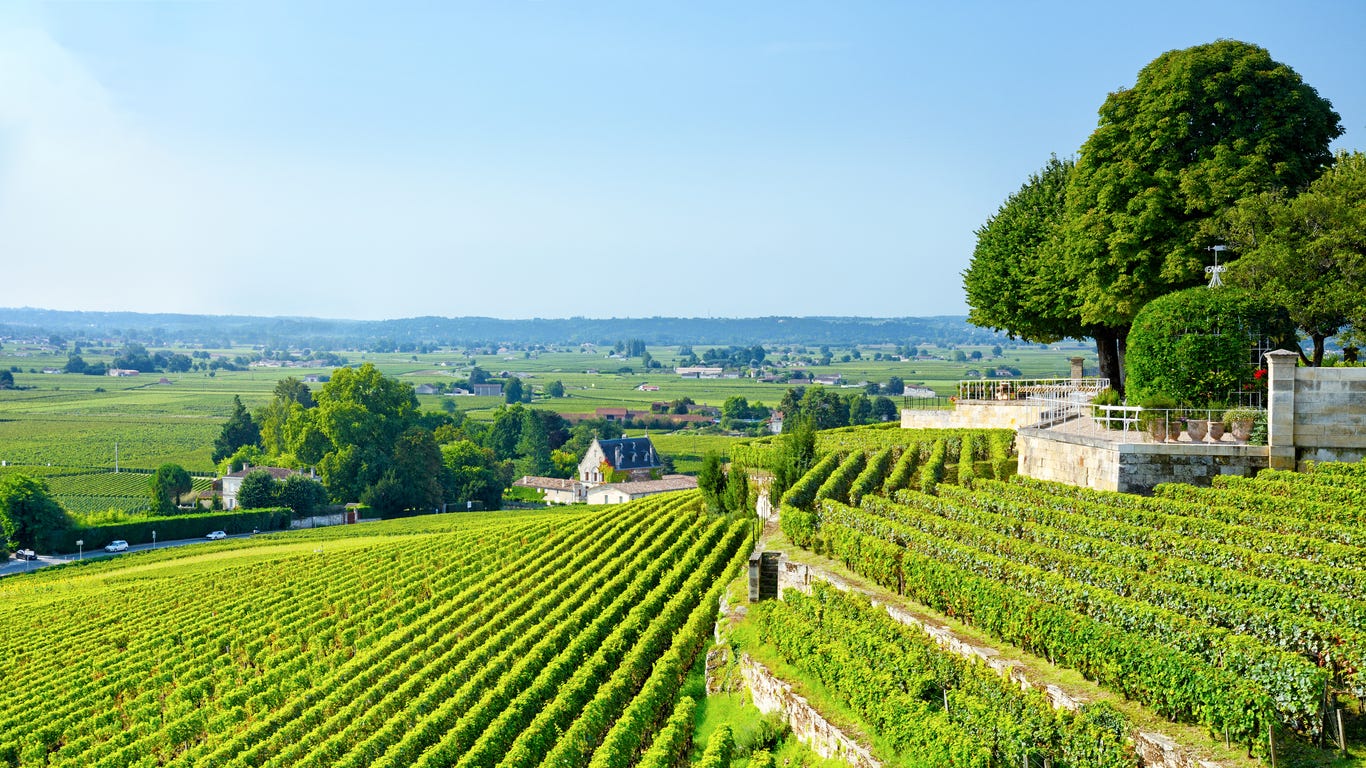
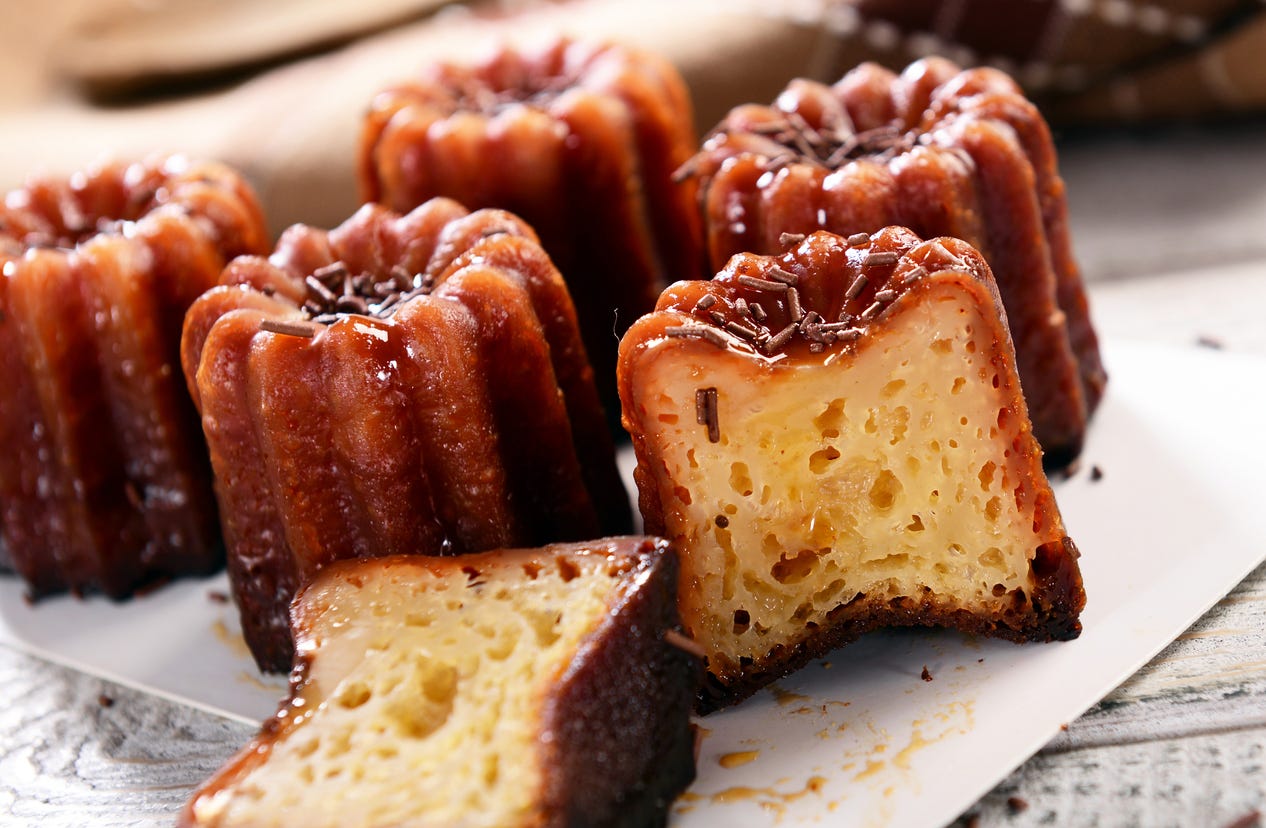

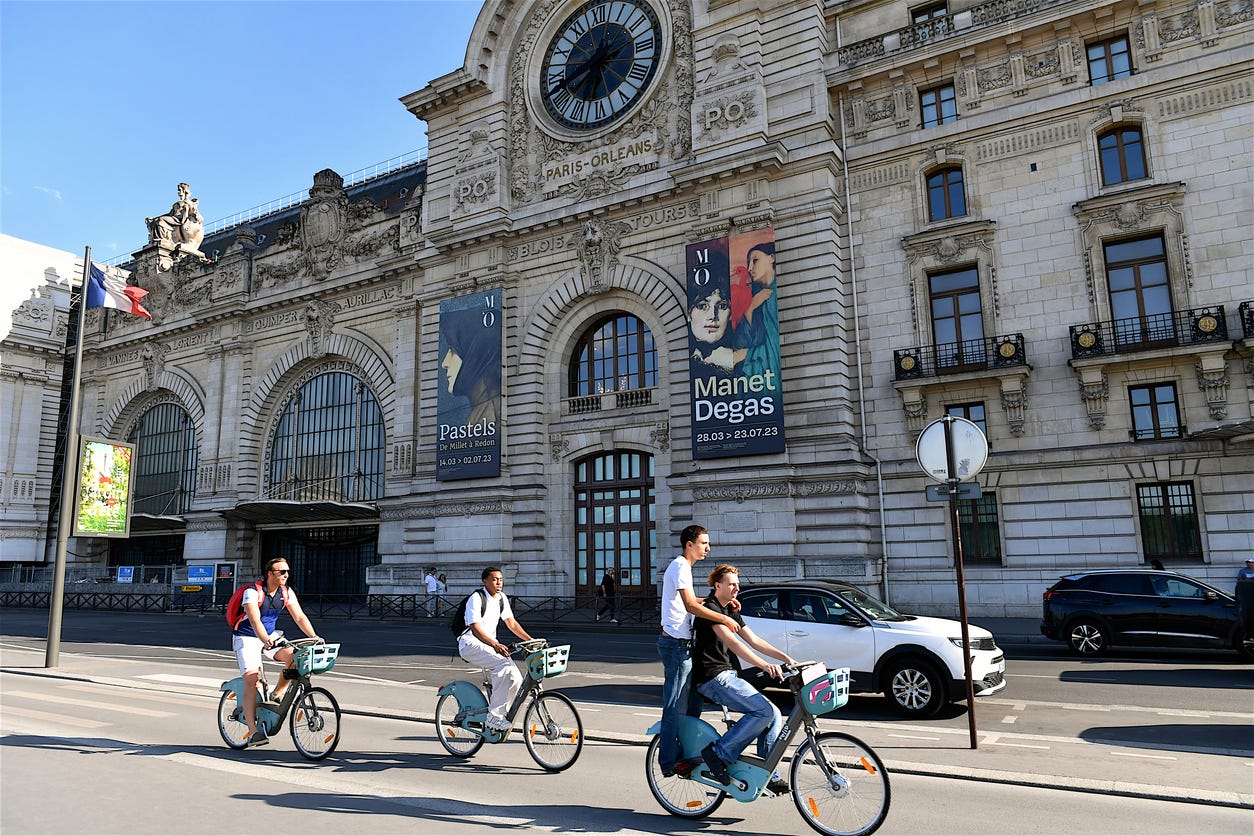
I will be traveling to France for a hiking trip
beginning on Avignon in September. This article really gives me inspiration for my trip! I have not been to France before.
My visual of France was first painted by Clementine in the Kitchen (By Samuel V. Chamberlain) which I'm sure you've read. Seems like it would be a pre-requisite with your travels--have you been to that little town of Senlis? A few years later, my wife and I walked the Camino de Santiago, starting in St. Jean Pied de Port and my edible memory is of a plate of carne. We were stiff, starved and drowsy from the overnight flight and it was my birthday. We ordered the plate of meat and two beers which were served in glasses so big that an elephant could have been properly hydrated. We spent just a few nights in France before crossing the Pyrenees but I'd definitely like to see (and taste) Corsica. Thanks for the tasting notes!